If you're struggling with chronic back pain, you're not alone, and there are effective remedies that can help. Many people find relief through a combination of physical therapy, targeted exercises, and even alternative treatments like acupuncture. It's essential to understand how these methods work together to address your specific pain. By making some simple lifestyle adjustments, you could greatly improve your situation. But what exactly should you consider to start this journey toward relief?
Understanding Chronic Back Pain
Chronic back pain affects millions of people worldwide and can profoundly impact your daily life. It's not just a fleeting ache; it's a persistent condition that can interfere with your work, relationships, and even your ability to enjoy activities you once loved. Understanding the nature of chronic back pain is important for managing it effectively.
Chronic back pain typically lasts longer than three months, often stemming from an initial injury or underlying health issue. You might find it hard to pinpoint the exact cause, as pain can arise from various sources, including muscle strain, herniated discs, or arthritis.
It's essential to recognize that chronic pain isn't just a physical sensation; it can also have emotional and psychological components, leading to stress, anxiety, or depression.
When you experience chronic back pain, you may notice that certain activities exacerbate your discomfort. It's common for people to develop compensatory behaviors, like altering their posture or avoiding certain movements to minimize pain. However, these adaptations can sometimes lead to further issues, creating a cycle that's difficult to break.
Taking the time to understand your pain is important. Consider keeping a pain journal to track when and where you experience discomfort. This can help you identify triggers and patterns, making it easier to communicate with healthcare providers.
Understanding chronic back pain empowers you to take an active role in your healing journey, leading to more effective management strategies and improved quality of life.
Physical Therapy Techniques
When dealing with back pain, physical therapy techniques can play a crucial role in your recovery. These techniques focus on restoring mobility, improving strength, and reducing pain, providing you with the tools needed to manage your condition effectively. A skilled physical therapist will assess your specific issues and tailor a treatment plan that fits your needs.
One common technique is manual therapy, where your therapist uses hands-on methods to manipulate and mobilize your spine and surrounding muscles. This can help alleviate tension and improve your range of motion.
Another effective approach is electrical stimulation, which uses low-level electrical currents to relieve pain and promote healing in affected areas.
You might also experience ultrasound therapy, where sound waves penetrate deep tissues to reduce inflammation and promote blood flow. This can be particularly helpful for easing pain and accelerating recovery.
Additionally, your therapist may incorporate heat or cold therapy, allowing you to manage pain through temperature changes.
Don't overlook the importance of education during your sessions. Your therapist will teach you proper body mechanics and postural awareness, which can prevent further injuries in your daily life.
They may also guide you through specific therapeutic exercises that focus on strengthening your core, which is crucial for maintaining a healthy spine.
Exercise and Stretching
Incorporating exercise and stretching into your routine can greatly enhance your recovery from back pain. Regular physical activity strengthens the muscles that support your spine, improves flexibility, and promotes overall body awareness. When you engage in exercise, you increase blood flow to your back, which can aid in healing and reduce stiffness.
Start with low-impact activities like walking, swimming, or cycling. These exercises are gentle on your back but still provide significant benefits. Aim for at least 30 minutes most days of the week. As your strength and endurance improve, gradually increase the intensity and duration of your workouts.
Stretching is equally important. It helps maintain flexibility and reduces tension in the muscles surrounding your spine. Incorporate stretches that target your back, hamstrings, and hip flexors. Simple stretches, like the cat-cow stretch or child's pose, can do wonders for relieving tightness. Hold each stretch for 15-30 seconds, and repeat them several times.
Listen to your body as you exercise and stretch. If you feel pain, stop or modify the movement. It's essential to differentiate between discomfort from stretching and pain that signals an injury.
Consider consulting a physical therapist or a qualified trainer to design a program tailored to your specific needs.
Mindfulness and Meditation
Practicing mindfulness and meditation can greatly reduce the stress and anxiety often linked to chronic back pain. When you focus on the present moment, you can create a sense of calm that helps alleviate both mental and physical discomfort. Mindfulness encourages you to tune into your body, allowing you to recognize pain without judgment. This awareness can shift your perception of pain, making it feel more manageable.
To get started, find a quiet space where you won't be disturbed. Sit or lie down comfortably. Close your eyes and take a few deep breaths, inhaling slowly through your nose and exhaling through your mouth. As you breathe, direct your attention to the sensations in your back. Notice any tightness or discomfort, but don't dwell on it; instead, acknowledge it and let it pass.
Incorporate meditation into your daily routine, even if it's just for five to ten minutes. Guided meditations, available through apps or online, can offer structure and support. You might also try focusing on positive affirmations or visualizations; imagine your back feeling relaxed and pain-free.
With regular practice, mindfulness and meditation can help you cultivate a more positive mindset. You'll likely find that you're better equipped to cope with pain when it arises.
Embrace these techniques as part of your holistic approach to managing chronic back pain, and you may discover a newfound sense of relief and empowerment in your daily life.
Heat and Cold Therapy
Finding relief from chronic back pain often requires a multifaceted approach, and heat and cold therapy can be a game changer. Both methods offer distinct benefits and can be easily integrated into your pain management routine.
Heat therapy increases blood flow to the affected area, promoting healing and reducing stiffness. You can use a heating pad, warm towel, or even take a hot bath to apply heat effectively. Just make sure the heat isn't too intense to avoid burns. Aim for about 15-30 minutes at a time, allowing your muscles to relax and tension to ease.
On the flip side, cold therapy works wonders for inflammation and swelling. Ice packs or cold compresses can numb the area, providing immediate relief from acute pain. Applying cold therapy for 15-20 minutes can help constrict blood vessels, reducing inflammation and slowing down nerve impulses. This is especially useful after any physical activity that aggravates your back pain.
To maximize the benefits, alternate between heat and cold therapy. Start with cold to reduce inflammation and follow up with heat to promote blood flow and healing. Listen to your body; if one method doesn't seem to work, you might find relief with the other.
Incorporating heat and cold therapy into your routine can make a significant difference in managing chronic back pain. Experiment with both approaches to see which combination works best for you, and don't hesitate to consult a healthcare professional for personalized advice.
Dietary Considerations
When it comes to managing chronic back pain, what you eat can play an essential role in your overall well-being. Your diet can either contribute to inflammation and discomfort or help reduce pain and promote healing. Making smart food choices is vital for supporting your back health.
Here are some dietary considerations to keep in mind:
- Anti-inflammatory foods: Incorporate foods rich in omega-3 fatty acids, like salmon and walnuts, to help reduce inflammation.
- Fruits and vegetables: Aim for a colorful variety, as they're packed with antioxidants that combat oxidative stress and inflammation.
- Whole grains: Opt for whole grains instead of refined ones to maintain stable blood sugar levels and support overall health.
- Stay hydrated: Drinking plenty of water helps keep your discs hydrated and supports overall spinal health.
By focusing on these food choices, you can create a diet that not only nourishes your body but may also help alleviate chronic back pain.
Avoiding processed foods, excessive sugar, and unhealthy fats is equally important. These can lead to inflammation and weight gain, both of which can exacerbate back pain.
Alternative Therapies
Managing chronic back pain often requires a multi-faceted approach, and exploring alternative therapies can be a valuable addition to your treatment plan. These therapies often focus on the mind-body connection, helping you to manage pain more effectively.
One popular alternative therapy is acupuncture. This ancient practice involves inserting thin needles into specific points on your body to promote healing and relieve pain. Many individuals report significant improvements in their back pain after just a few sessions.
Another option is chiropractic care. Chiropractors use hands-on spinal manipulation to adjust misalignments, which can alleviate pain and improve mobility. Regular visits may help you maintain better spinal health over time.
You might also consider massage therapy. This therapy helps relax tight muscles and improve blood flow, providing relief from discomfort. Different types of massage, such as deep tissue or Swedish, can cater to your specific needs.
Mindfulness and meditation are increasingly recognized for their benefits in pain management. Incorporating mindfulness practices can help you become more aware of your body, reduce stress, and shift your focus away from pain. Techniques like guided imagery or breathing exercises can also be effective.
Finally, yoga is a fantastic way to improve flexibility, strengthen your core, and relieve tension in your back. Practicing gentle yoga poses tailored to your abilities can promote healing and enhance your overall wellbeing.
Ergonomic Adjustments
When it comes to easing chronic back pain, making ergonomic adjustments in your workspace can make a significant difference.
Choosing the right office chair and optimizing your desk height can help maintain proper posture and reduce strain on your back.
Let's explore how these changes can lead to more comfort and relief throughout your day.
Office Chair Selection
Choosing the right office chair is essential for maintaining comfort and minimizing chronic back pain, especially since you'll likely spend hours seated each day.
An ergonomic chair can give your back the support it needs, helping you avoid discomfort and strain. Here are key features to take into account when selecting your chair:
- Lumbar Support: Look for chairs with adjustable lumbar support that fits the curve of your lower back.
- Seat Height: An adjustable height allows your feet to rest flat on the floor, reducing pressure on your hips and lower back.
- Seat Depth: Confirm the chair's depth allows you to sit back comfortably while leaving a few inches between the back of your knees and the seat edge.
- Armrests: Adjustable armrests help relieve tension in your shoulders and neck, allowing your arms to rest comfortably.
Desk Height Optimization
Selecting the right office chair sets a solid foundation for comfort, but desk height adjustment is just as important for your overall ergonomic setup. A ideally positioned desk can considerably reduce strain on your back and neck, helping you maintain good posture throughout your workday.
To find the right desk height, start by adjusting your chair so your feet rest flat on the floor, and your knees are at a 90-degree angle. Your elbows should also be at a 90-degree angle when your hands are on the keyboard.
If your desk is too high, it can lead to shoulder strain; too low, and you might hunch over, causing back pain.
If you can't adjust your desk, consider using a keyboard tray or a desk riser to create a more comfortable setup. Remember to keep your monitor at eye level to avoid tilting your head down or up.
Frequent breaks are essential too—stand up, stretch, and walk around to keep your muscles engaged. By adjusting your desk height, you're making a proactive choice towards a healthier work environment and reducing the risk of chronic back pain.
When to Seek Professional Help
If your back pain persists for more than a few weeks or worsens over time, it's time to consult a healthcare professional.
You should also seek help if you experience symptoms like numbness, weakness, or shooting pain down your legs.
Recognizing when to get medical attention can prevent further complications and aid in your recovery.
Symptoms Warranting Medical Attention
Chronic back pain can be a frustrating experience, but knowing when to seek professional help is essential for your well-being. While some discomfort can be managed at home, certain symptoms warrant immediate medical attention.
It's vital to recognize these signs, as they may indicate a more serious underlying issue.
Here are some symptoms to watch for:
- Severe pain that doesn't improve with rest: If your pain is so intense that it disrupts your daily activities, it's time to consult a doctor.
- Numbness or tingling: Experiencing loss of sensation or tingling in your legs or arms could signal nerve compression.
- Loss of bladder or bowel control: This could indicate a serious condition like cauda equina syndrome and requires emergency care.
- Unexplained weight loss: Sudden weight loss alongside back pain may point to systemic issues that need evaluation.
If you encounter any of these symptoms, don't hesitate to reach out to a healthcare professional.
Early intervention can lead to better outcomes, helping you reclaim your life from chronic pain.
Duration of Pain Concerns
When dealing with back pain, how long it's persisted can be a significant factor in deciding whether to seek professional help. If your pain lasts longer than three days without improvement, it's time to consult a healthcare provider. Prolonged discomfort might indicate a more serious underlying issue that needs attention.
Additionally, if you notice your pain worsening or experiencing new symptoms—like numbness, tingling, or weakness in your legs—don't hesitate to reach out for help. These signs could suggest nerve involvement or other complications that require medical evaluation.
If your back pain interferes with daily activities, sleep, or work, you shouldn't ignore it. Quality of life is important, and persistent pain can have a considerable impact on your overall well-being.
Even if your pain seems manageable, don't wait too long to seek help if it's affecting your mood or mental health. Chronic pain can lead to anxiety or depression, making it essential to address both physical and emotional aspects.
In short, trust your instincts. If your back pain is lasting longer than expected or changing in nature, it's wise to consult a professional.
Conclusion
To summarize, managing chronic back pain involves a multi-faceted approach. By incorporating physical therapy, regular exercise, mindfulness, and dietary adjustments, you can greatly improve your quality of life. Don't forget the benefits of alternative therapies and ergonomic changes to your daily routine. Stay proactive about your health, and when pain persists, don't hesitate to seek professional help. Remember, you're not alone in this journey, and effective relief is within your reach!



